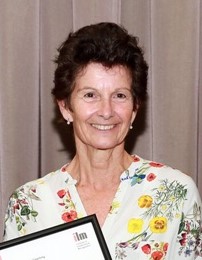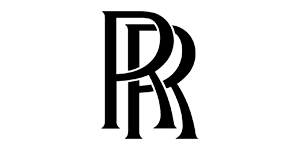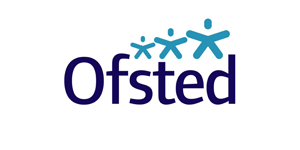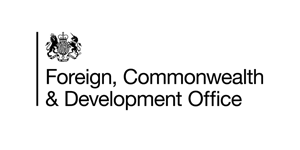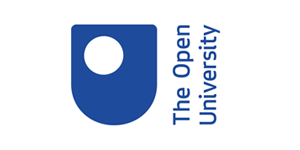What does creativity mean in coaching?

Creativity is defined as “the ability to think and act in ways that are new and novel. In our minds there are two kinds of creativity: innovation and invention.” In the context of coaching, it seems to me that the word “Creativity” can be seen as an umbrella which covers the following: openness, imagination, flexibility, invention and innovation.
Given the above definitions, it might be argued that sometimes when we talk about “creativity” in coaching, we are talking about more than just one concept. For example, if one thinks of a coaching conversation as something more than just a concept, but rather a specific thing, then the notions of being innovative or inventive becomes more relevant. This would include the tools a coach might use. However, if we are referring to coaching skills and less concrete concepts, then perhaps other aspects of creativity, such as imagination and flexibility, are highlighted.
The problem with the word creativity is that it has become associated with an almost elitist mystique, artists and scientists are deemed to be creative – either because of the artist’s talent to express their ideas in unusual and imaginative ways or the scientist’s ability to look at concepts and formulae in unusual ways. Creativity has been understood to go hand in hand with talent (which in itself has limits, talent needs to be accompanied by other factors, such as resilience and the ability to make one’s own luck). It certainly involves the ability to “think outside the box” and to look at things from a different perspective which is one of the fundamental principles behind effective coaching conversations.
What do Creativity and Innovation Actually look like in Coaching?
I would suggest that in order to provide a comprehensive and complete “picture” we need to examine each of the aspects of creativity as mentioned above.
Openness
In order to enable coaches and their clients to think “outside the box” there must be an openness and willingness to explore concepts and ideas. Trust and rapport building provide fertile ground for a solution focused, facilitative approach adopted by effective coaches that encourages creative thinking.
Imagination
I would argue that in the process of engaging in reflective practice, by setting rhetorical questions (those starting, “if you could………what would…..?), by helping to develop “preferred future” scenarios and by displaying empathy (which itself demands a degree of imagination) and encouraging “blue sky” thinking the coach will be demonstrating an imaginative approach.
Flexibility
Recognising when a particular tool can be used or adapted to suit an individual requires flexibility of approach which is linked to openness, in that in order to be flexible, one needs also remain open to possibilities, possibilities that may not seem obvious at first. I would suggest that this flexibility is directly intertwined with creativity since it seems to be that the opposite – a closed mindset – at the very least inhibits, and more probably stifles genuine creativity.
Invention
This aspect of creativity in coaching might manifest itself in a variety of ways. Perhaps the coach is able to come up with a method or a tool which is completely new and different, they may also “invent” a novel approach for the client to consider. It is said that “necessity is the mother of invention” and perhaps this has a place in a coaching conversation, for instance, when there appears to be a stumbling block to progress and the coach must figure out a way to help the client move forward.
Innovation
To be truly innovative, one must be able to recognise and take advantage of, alternative ways to present a concept, manage a tool or initiate a “lightbulb” moment. The GROW model lends itself very well to opportunities for innovation. For example, when dealing with a client who is predominantly a kinaesthetic learner, creating a “physical” and tangible timeline (a “chain” of A4 paper, or a line made of ribbon) can be seen as innovative in that it is presenting a concept in an alternative way.
I think that there is an element of risk when thinking about creativity in coaching, in that, one must not become a slave to it, being creative for the sake of it, is meaningless and it must always be a means rather than an end. Ultimately, creativity has many guises, some less obvious or “showy” than others; the important thing to remember is that whatever way one chooses to use it, the benefits for the client must be the driver, not the ego of the coach.
